Practice Wise 3/13/14
Open letter to EHR users
Now I know for sure this is going to put in me in the unpopular kids group, but I have to say it! EHR users are costing vendors excessive amounts of support time and resources supporting users who refuse to admit they might actually be causing the problem.
I’m not saying this as a rebuke to users who truly have EHR problems and vendors who won’t/don’t address them effectively. However, as an organization that provides both consulting services and direct support, we see this scenario way too often and I think it’s time to address it head on!
For example, a customer complains that the system keeps doing something nefarious and is out to ruin their practice. Vendor asks typical level one support questions such as ‘are you sure you have not hit the (any) key?’ Customer insists they are not hitting that key, and is not shy in stating how offended they are that the vendor would even consider that ‘they’ might be causing their own problem. After hours of support, escalation and development time spent on this issue, customer is audited on site, they hit the key they swear they never hit, and sheepishly say, ‘oh, I guess I sometimes do hit that key’. And instead of swallowing a little humble pie and offering an apology, they deflect by saying something else like ‘but the system does this other thing that is really ruining my practice!’
Seriously, what EHR users really need to understand is that most software vendors have the same goals as they do: to have a successful implementation with expert users who fully utilize the system for optimum use. There are certainly vendors who have badly designed products and poor support. Let’s just assume we are not talking about any of them here.
This behavior is top down in most practices. The most successful implementations and ongoing adoption of all things EHR are in practices where the doctors themselves display a positive attitude about the change, are engaged in the process, and are supportive of their team as they all struggle to grasp the new program and develop the muscle memory that leads to mastery. There are fewer of these practices overall. The general experience is that doctors believe EHR is being forced on them, that no vendor could ever make a product that doesn’t slow them down, that it doesn’t print out documents that sound like they would speak, etc. And when the project starts at that level of negativity, it permeates the whole team.
What happens in an EHR implementation is that a magnifying glass is held over all your processes and procedures. If you are a well-developed process-based organization, this is a good thing, your shining moment. If you are an organization that has just always done things on the fly or ‘this way because that’s how it’s always been done’ and not open to new processes that might actually improve your practice, you will have a hard time hearing valuable recommendations from your consultants and implementation team.
When the internal practice attitude towards the project is negative, the doctors become abusive to their team and to the vendors who support them. I don’t use this word lightly. Talk to any implementation person and they can rattle off a litany of horror stories of doctors throwing fits, calling them idiots, throwing laptops across the room, etc. Here’s my theory (not very scientific, purely observational): doctors are used to being smart and good at what they do. This process unmoors them to some extent. Once they accept the process and decide to move forward, they generally do well the first week of go-live because they believe they shouldn’t know the system, so they don’t typically get snarky that week. However, week two rolls around and they assume that since they are smart and quick learners, that they should have mastered the darn thing, and then the snarky, rude behavior comes out. When the staff sees/hears the doctors abusing the vendors, they do the same when they are frustrated because they believe it’s how to get things done in the practice.
I’ve worked in other industries besides healthcare, and never in my professional life have I experienced this kind of rude abuse by a customer to a vendor as I have in this field.
Here’s my message to providers: we are here to help you. If your practice succeeds, we succeed. Your implementation failure is our failure. We want you to be the best users you can be, and we want you to master the system to the fullest. However, when you don’t speak nicely to us, call us names, make threats etc., we are less likely to want to go that extra mile to hold your hand in your time of need.
I had an IT vendor tell me on the phone the other day that he doesn’t care that the darn doctor can’t access the VPN from home and fixing it is low on his priority list because the doctor is so rude to him and always hangs up on him when he doesn’t get the answer that he wants.
That’s what happens when you’re rude to your support vendors: we tend to put you at the bottom of our priority list. Here are a few ideas of ways you can navigate through this difficult transition, with everyone pulling for your team and working towards your success:
- Accept that you are changing your processes and getting an EHR. Doesn’t matter why, it just is, so accept it and get over it.
- Project a positive attitude within your organization, encourage your partners and staff to do the same. Be the champion!
- Buy the hardware as recommended by your EHR vendor. Don’t try and cut corners and save money buying your own computers and equipment at discount sales if you really don’t understand the hardware specifications. Your IT vendor is not a magician; if you don’t buy what’s recommended, he can’t make it do what you need it to do, and you’ll be frustrated and likely blame the IT vendor and the software vendor.
- Take advantage of ALL training opportunities offered by your vendor. The more effort you put into your training, the less frustrated you’ll be. This is one area that frustrates the vendors; doctors are ‘too busy’ to do the training, yet want to be masters of the system. It’s not magic; it’s learning. You had to go to med school to become a doctor – they didn’t just hand you a degree. Same theory here!
- Put effort into doing the customizations offered to tailor the system to your practice. Many systems have great malleability and trainers who can help you design your workflows in a way that helps you document in your comfort zone. This effort on the front end will reduce your stress on the back end.
- Create a position for an EHR super user in practice. The person’s sole responsibility is to make sure your needs are getting met, your changes are addressed quickly, and is dedicated to you. Treat that person nicely even when they can’t give you exactly what you want. You cannot expect your vendors to drop everything and meet your demands all the time, especially when you make demands and don’t ask nicely for help.
- BE NICE to everyone. We are all doing the best we can at any given moment to support you! We all have the same goals – your successful implementation and continued success in your practice.
I love working in healthcare and supporting doctors. Some call me crazy! However, I think most doctors really do have the best intentions and just need to know that in the end, it will all work out fine. At least we’re not asking you to work 100 hour/week rotations. You survived residency, you’ll survive this too!
Julie McGovern is CEO of Practice Wise, LLC.

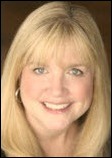

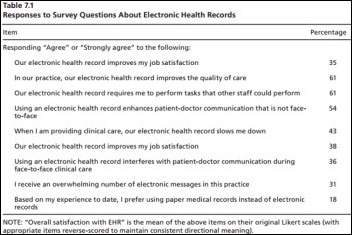

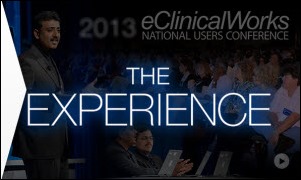


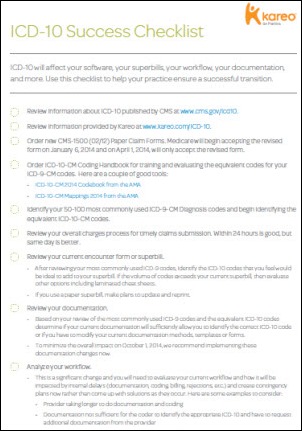

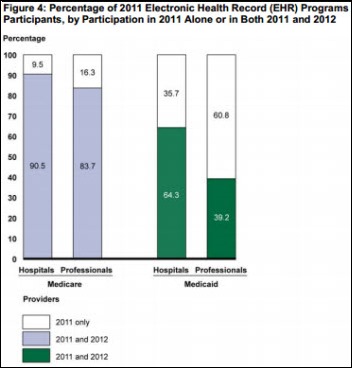
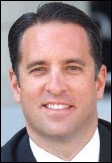





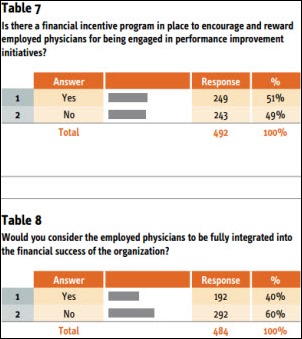



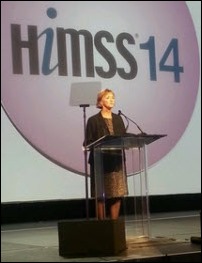

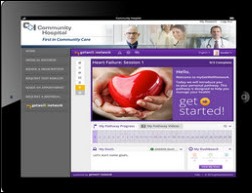





The article about Pediatric Associates in CA has a nugget with a potentially outsized impact: the implication that VFC vaccines…